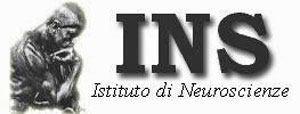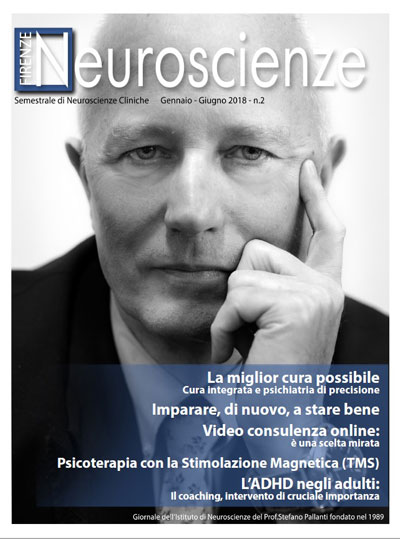(Dalla psicopatologia ai neurocircuiti: cosa possiamo apprendere dal DBS? Il caso del Disturbo Ossessivo-Compulsivo)
Summary
Objectives
The aim of this review is to provide a brief summary of the existing data on the safety and effectiveness of deep brain stimulation (DBS) for treatment-resistant and treatment-refractory obsessive-compulsive disorder (OCD). Another purpose is to discuss the neurobiological mechanisms of DBS and their implications for the understanding of OCD neurobiology and its link to OCD psychopathology. In particular, we will focus on DBS of the nucleus accumbens because of the involvement of this area in the reward system, which seems to be impaired in OCD patients. Finally, we will provide a new psychopathological conceptualization of OCD.
Methods
Extensive review of the DBS literature for OCD patients was performed on PubMed.
Results
According to many neuroimaging studies, the neural circuit that seems to be most involved in OCD is the cortico-striatum-thalamus-cortical circuit (CSTC). Therefore, to date, five different components of this circuit have been tested as targets in DBS of OCD and show different efficacy: anterior limb of the internal capsule (ALIC), nucleus accumbens (Nacc), ventral capsule/ ventral striatum (VC/VS), subthalamic nucleus (STN) and the inferior thalamic peduncle (ITP).
Conclusions
DBS is a promising tool in the treatment of refractory OCD patients. The existing data show that the nucleus accumbens and the anterior limb of the internal capsule are the most promising targets for this treatment. Furthermore, DBS has shown new and interesting perspectives in the discovery of the neurobiological underpinnings of OCD. These new insights can provide a new psychopathological conceptualization of OCD, reconsidering this disorder as a primary anxiety disorder, rapidly moving as a behavioural addiction. However, further studies are needed to better clarify the long-term efficacy and safety of the procedure, and to better characterize the ideal patients that might have a good response to DBS.



